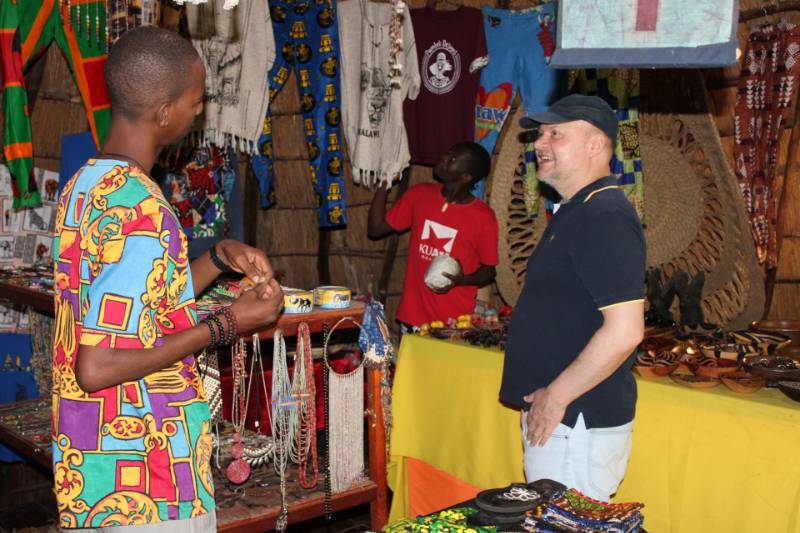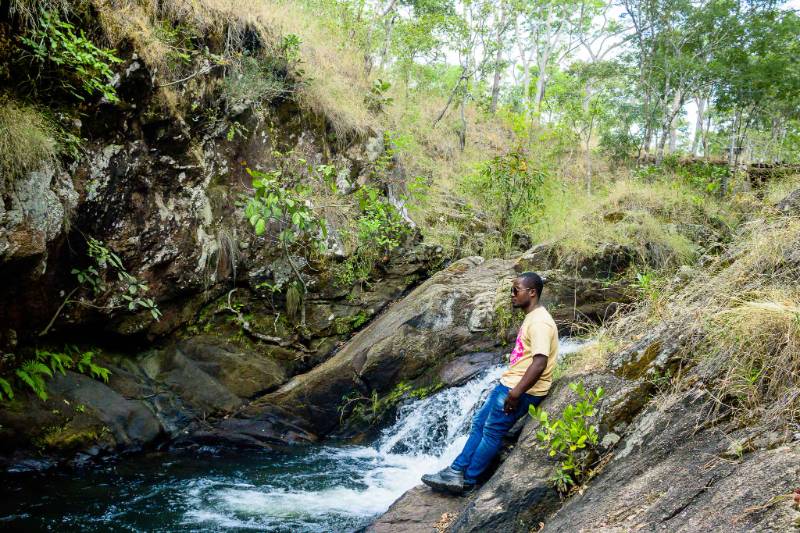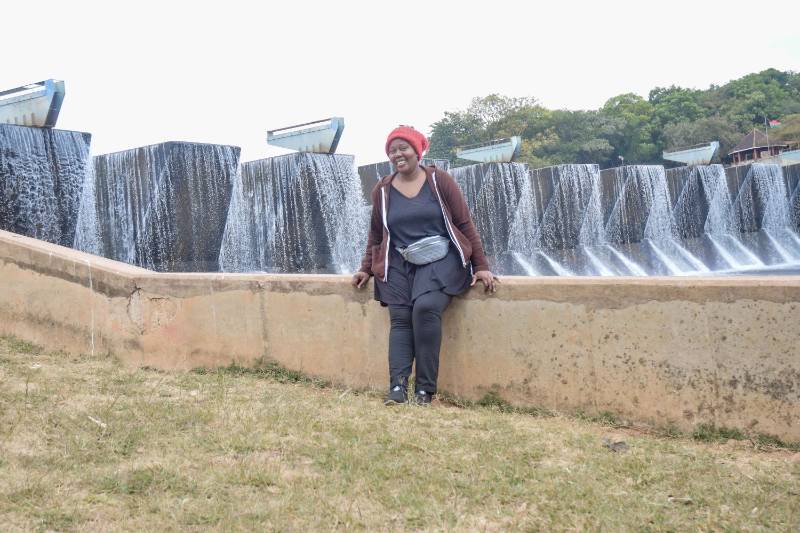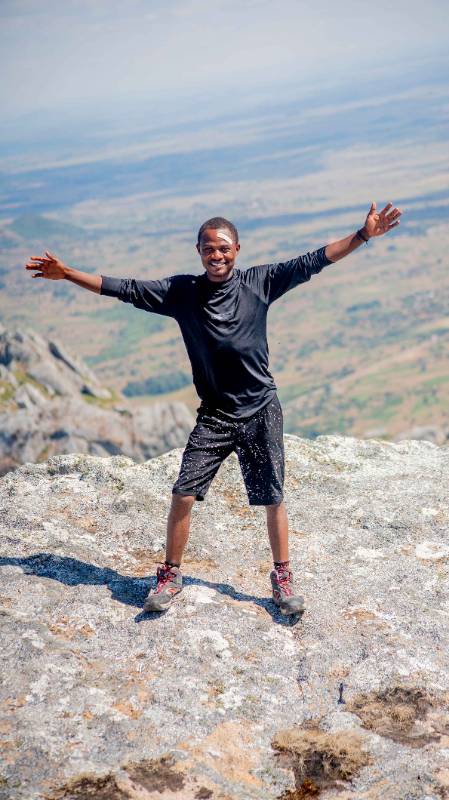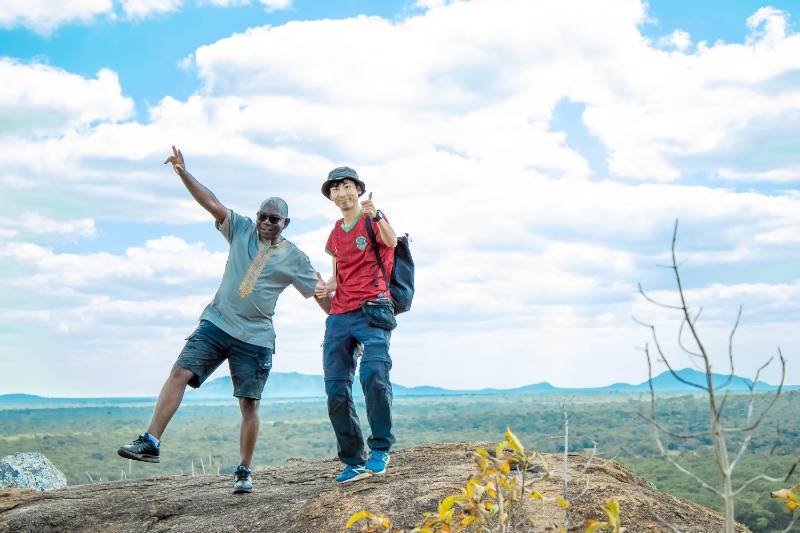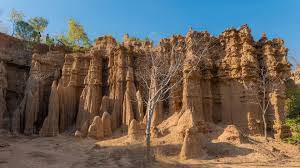
In the heart of Southeastern Africa lies a land where rich and eerie stories are whispered on the winds, and sacred sites are hidden, waiting to be uncovered. The "Warm Heart of Africa", Malawi, offers more than just beautiful views. It holds a rich history, a sense of wonder, and a deep spiritual significance that stretches back centuries. While Lake Malawi and the towering mountains are widely recognized, the country is also home to hidden treasures, sacred places, and mystical landscapes that are as enigmatic as they are beautiful. From UNESCO World Heritage Sites to ancient rituals, Malawi offers an unforgettable journey into the unknown.
1. Khulubvi and Mbona Shrine:The Essence of Ancient Spirituality
At the tip of South Malawi, Nsanje, lies the Mbona Shrine, one of Malawi’s most revered sacred sites. Dedicated to Mbona, a powerful spirit believed to protect the land and its people, the shrine has long been a place of pilgrimage for the Mang'anja people.Mbona was a benevolent figure whose spirit continues to watch over the region. The shrine’s serene,mystical setting ,surrounded by rolling hills creates an atmosphere that feels both peaceful and otherworldly.
Nearby, other sacred sites emerged where people gather to worship the spirit.Mwala Umodzi shrine, along the Thangadzi River, is named after a rock outcrop known as "One Rock." According to legend, Mbona once sat on this rock, leaving behind imprints that are now referred to as "Mbona's buttocks”. These sacred sites all preserve the rich cultural heritage of the Maravi Kingdom.
2. Malawi Slave Routes and Dr. David Livingstone Trail
Though much of the story of the transatlantic slave trade is centered on Africa’s coastal regions, Malawi also played a key role in this dark chapter of history. Dr. David Livingstone, the Scottish missionary and explorer, is remembered for his efforts to abolish the slave trade, and his travels through Malawi were central to this mission. Along the shores of Lake Malawi, remnants of his journey can be found, including memorials and sites tied to Livingstone’s legacy. These locations offer a chance to reflect on the past and honor the resilience of those who fought for freedom.
The slave routes pass through Malawi from Karonga, extending into the southern Highlands. Notable landmarks include the fig tree at Nkhotakota, where Livingstone and local chiefs signed a treaty to end the slave trade. The remains of a mosque built by Jumbe and the imposing Fort Mangochi, also stand as enduring symbols of Malawi’s history.
3. Mulanje Mountain: Mystical Ascents
For adventurers with a fascination for the mystical, Sapitwa Peak is a must-see. Standing 9,849 feet, Sapitwa is the highest peak in the Mulanje Mountain range, and it is deeply revered in local folklore. The name "Sapitwa," meaning "not gone to," suggests that the peak is sacred, and many locals believe spirits inhabit the area. Reaching the top is considered an act of bravery, going through dense forests, rugged terrain, and rushing streams.
There is something deeply spiritual about standing atop Sapitwa, as if entering a realm where the land itself is alive with mystery.
Nearby, Dziwe la Nkhalamba ("pool of elders") is another site of mystical significance. Surrounded by cool mountain air and quiet waters, this serene location is said to be the home of an ancient sage. For those seeking peace and reflection, it is one of Malawi's most enchanting spots, imbued with spiritual energy.
4. Chongoni Rock Art Area: Timeless Stories Carved in Stone
As a UNESCO World Heritage Site, the Chongoni Rock Art Area is home to one of the richest collections of ancient rock paintings in sub-Saharan Africa. Situated in the central region of Malawi, in Dedza, Chongoni contains over 127 rock shelters adorned with artworks that date back thousands of years. These paintings depict animals, human figures, and abstract symbols, offering a glimpse into the lives of early inhabitants of the region.
Beyond their artistic value, these paintings hold deep cultural and spiritual significance. They reflect the beliefs, customs, and daily lives of ancient people, with symbols tied to initiation rites and rituals that are still practiced by the Chewa people today. Walking through Chongoni, you’ll be awe-struck by the stories preserved in stone, each stroke a testament to the resilience and creativity of the early peoples that lived in Malawi.
5. Mtengo Wachilema and Mwala wa Mphini: Sacred and Mysterious Sites
Though located in different parts of the country, Mtengo Wachilema and Mwala wa Mphini share a deep spiritual significance. Mtengo Wachilema, meaning “Chilema” or “disabled,” is a gnarled and twisted tree that evokes a sense of mystery. Known for its eerie appearance, the tree is believed to be haunted by spirits, and locals regard it as a place for ancient rituals and sacrifices. The tree’s haunting beauty offers a sense of discovery, transporting visitors into Malawi’s spiritual past.
Meanwhile, Mwala wa Mphini, located within Lake Malawi National Park at Cape Maclear, is a stunning rock formation marked with” traditional scars”. This site is rich in heritage and holds tales passed down through generations. It is believe to be a home for ancient spirits .Its unique appearance and cultural significance make it a fascinating stop for those keen to explore Malawi’s deep spiritual history and its geographical positioning complements the Lake Malawi National Park perfectly.
6. Malape Hills: Secrets of the Ancient Past
The Malape Hills,located in the tranquil area of Lilomba in Machinga, are home to ancient rock formations, caves, and a mysterious landscape that has inspired local legends. Some believe that the hills conceal treasures or sacred relics from forgotten civilizations, while others claim that hidden tunnels run beneath the hills, protected by ancestral spirits. Hiking through the Malape Hills is not only a physical journey but also a metaphysical one, offering travelers a chance to connect with Malawi’s mysterious past.
For photography enthusiasts, the Malape Hills are especially photogenic, providing stunning vistas that highlight the beauty and enigma of the area.
A Journey Awaits! Malawi’s hidden treasures and mystical landscapes are waiting to be explored. From ancient rock art and sacred shrines to mystical mountains and healing pools, the country offers experiences that transport you to the heart of Africa’s ancient past. Visit Malawi to discover why it has to be on your travel bucket list.Whether you’re an adventurer seeking new heights, a history enthusiast eager to uncover hidden stories, or someone seeking spiritual renewal, Malawi has something for everyone.
Read More

In southern Malawi is a serene sanctuary that feels worlds away from the busy cities and tourist hotspots: the Zomba Plateau. As you arrive in Zomba City, the beautiful mountain can be seen from every turn.Often overshadowed by the towering peaks of Mulanje or the Nyika Plateau, Zomba Plateau is a haven for those seeking tranquility, beauty, and a taste of Malawi’s unspoiled nature. With mist-covered forests, cascading waterfalls, and panoramic views stretching as far as the eye can see, Zomba remains one of the country’s best-kept secrets.
A Breathtaking Elevation
Rising over 2,087 meters (6,087 feet) above sea level, the Zomba Plateau offers a stunning contrast to the lowland landscapes of Malawi. Its cool, temperate climate provides a refreshing escape from the heat that characterizes much of the country. Lush greenery and dense forests create an atmosphere of peace, perfect for anyone looking to unwind from the hustle of daily life.
This geological marvel, shaped by ancient volcanic activity, boasts a distinctive terrain and rich biodiversity. The plateau’s cooler climate nurtures a variety of flora and fauna. Vibrant birdlife, including the rare African Crowned Eagle, thrives here, and monkeys can often be spotted swinging through the trees. The plateau is also steeped in cultural history, with its royal landmarks adding to its allure.
An Adventure for the Soul: Trails and Waterfalls
Exploring the Zomba Plateau is best done on foot, with numerous trails weaving through the dense forests. Whether you're a seasoned hiker or prefer a leisurely stroll, there's a trail for everyone. Each path unveils unique treasures ,hidden waterfalls, secluded viewpoints, or glimpses of wildlife that call this lush haven home.
One popular trail is the Chingwe’s Hole Trail, which takes adventurers through thick woodlands to the edge of a deep gorge. This site, shrouded in mystery, has stories of being a graveyard for lepers, with spirits believed to linger in the area. Along the way, the soothing sound of running water accompanies hikers as springs and waterfalls appear at almost every turn. The plateau's cool, crystal-clear pools invite the adventurous to take a refreshing dip.
Notable waterfalls include the Mandala Falls, Williams Falls, and Chivundi Falls, all tucked within the forest. These enchanting cascades are particularly mesmerizing after rainfall, when the water flows vigorously, creating a mist that adds an air of mystery to the surroundings.
Unmatched Views: A Photographer’s Dream
Zomba Plateau offers some of the most spectacular vistas in all of Malawi. From its peak, you can see for miles in every direction, with views of Lake Chilwa, Mount Mulanje to the southeast, and the distant mountains of Mozambique. To the west, the Shire River, which drains Lake Malawi into the Indian Ocean, is a sight to behold.
The views are especially captivating during sunrise or sunset when the landscape is bathed in golden hues, making it a photographer’s paradise. Famous spots like Emperor’s View named after Emperor Haile Selassie of Ethiopia who visited in 1964, and Queen’s View, honoring Queen Elizabeth’s visit in 1957, provide breathtaking vantage points of Zomba town and beyond.
Adding to the beauty are the plateau’s diverse plant life, including orchids and giant ferns. Numerous viewpoints scattered across the area offer unique angles to capture the magnificent surroundings.
Zomba Town: A Blend of History and Culture
At the base of the plateau lies the charming town of Zomba, the former capital of Malawi during British colonial rule. Zomba’s colonial-era architecture and lush gardens provide a fascinating glimpse into the country’s past. Walking through its streets, visitors can admire old government buildings, churches, and a lingering sense of history.
The town’s local markets are vibrant and bustling, offering handmade crafts, textiles, and fresh produce. Wandering through these markets connects visitors to the area’s rich culture and traditions.
The Zomba Plateau is also imbued with spiritual significance. The local people consider the plateau sacred, believing it is protected by spirits. During the colonial era, the British administrators chose Zomba as their capital due to its cool climate and strategic location, making it an ideal retreat from the sweltering heat of the lower lands.
Where to Stay: Cozy Retreats in Nature
Zomba Plateau offers a variety of accommodations to suit different preferences. For those seeking comfort, Kuchawe Inn provides stunning scenery and relaxing accommodation. The Zomba Forest Lodge, nestled on the edge of the plateau, offers an intimate escape with easy access to trails, surrounded by the sounds of nature.
For a more adventurous experience, camping is a fantastic option. Pitch a tent under a blanket of stars and immerse yourself in the plateau’s peace and quiet. A night spent camping here feels like stepping into another world, tranquil, cool, and full of possibility.
How to Get There
Zomba Plateau is located about 70 kilometers (43 miles) from Blantyre, Malawi’s commercial hub, making it easily accessible for day trips or weekend getaways. The scenic drive through rolling hills and lush countryside is a preview of the beauty awaiting you at the plateau. Upon arrival, local guides can assist in navigating the trails and waterfalls, ensuring an unforgettable experience.
Why Zomba Plateau Should Be on Your Bucket List
Peaceful retreat: Escape the heat and chaos with the plateau’s cool climate and tranquil ambiance.
Diverse trails: Discover breathtaking views and hidden gems, whether on a casual stroll or a challenging hike.
Rich history: Dive into Zomba Town’s colonial past and the sacred significance of the plateau.
Spectacular vistas: Capture unmatched panoramic views of Malawi’s diverse landscapes.
Unique wildlife: Encounter vibrant birdlife, playful monkeys, and lush plant species.
Zomba Plateau: Nature’s Hidden Gem
The Zomba Plateau is a tranquil escape that offers so much more than meets the eye. From misty forests and cascading waterfalls to panoramic views and rich history, this hidden gem in Malawi is a must-visit for anyone seeking an authentic, off-the-beaten-path adventure. Whether you're an outdoor enthusiast, a history lover, or simply in need of peace and quiet, the Zomba Plateau invites you to immerse yourself in its natural beauty, serenity, and discovery.
Read More
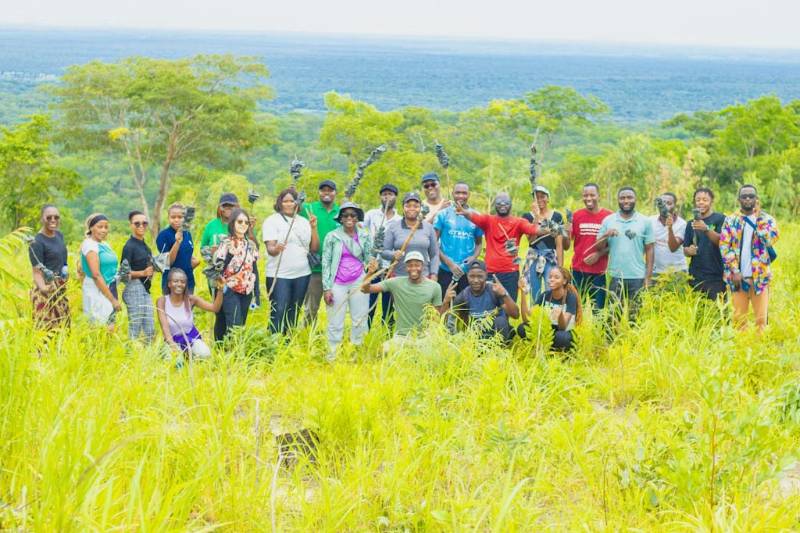
As the sun rose on January 15th, our group tour to Dzalanyama was already in transit. Golden rays streamed through the bus windows, casting a warm glow as we chased the sunrise. The last veil of morning fog lifted, signaling the start of our adventure. Traveling with a great group makes every journey more rewarding, and Heart Travel and Adventures had planned the perfect tour to kick off 2025.
The scenery along the way told its own story. Rolling greenery, a gift of the rainy season, stretched across the horizon. Fields swayed in the cool breeze, and roadside markets bustled with early vendors arranging fresh produce and colorful fabrics. As the city gave way to rural landscapes, farmers tended their crops, a familiar sight in Malawi’s January farming season, an ideal time for Agri-tourism enthusiasts.
The two-hour drive felt short, filled with ever-changing landscapes. Entering Dzalanyama’s rugged terrain, we passed herds of cattle and donkeys grazing along the roadside, sharing space with locals going about their day. Friendly faces waved, a testament to Malawi’s reputation as "The Warm Heart of Africa."
About 60 km southeast of Lilongwe, the vast Dzalanyama Forest Reserve spans nearly 990 square kilometers. Our first stop, the Dzalanyama Forest Lodge, sat nestled in the wilderness, offering a tranquil retreat. Nearby, streams and a waterfall enhanced the serenity. The reserve is a paradise for hikers, birdwatchers, and nature lovers. With seven winding trails, it takes at least a week to fully explore its wonders. It also borders Mozambique, making it feel like stepping onto foreign soil.
Excitement grew as our group embarked on a hike to the summit. Led by an experienced guide, we navigated steep, forested hills lined with towering maombe trees, often mistaken for pines. At the peak, exhaustion faded into awe, an endless emerald sea of trees stretched below, with distant mountains merging into the clouds, creating a breathtaking scene.
A highlight of the tour was the tree-planting initiative. Dzalanyama Forest Reserve plays a crucial role in sustaining the Kamuzu Dam, which supplies water to half of Lilongwe. To support reforestation, forest rangers, alongside representatives from the Wildlife Environmental Society of Malawi and the Dzalanyama Forest Department, guided us in planting 300 self-regenerating maombe seedlings. This effort was made possible by the hands-on involvement of the workers who will continue to nurture the forest, ensuring its future growth. The Mother Earth Initiative also contributed to the environmental push, highlighting the importance of sustainable practices for future generations. A friendly competition ensued as everyone eagerly contributed to environmental sustainability. Heart Travel and Adventures, does not just explore Malawi; we are stewards of its natural beauty.
The partnership with Dzalanyama forest department added essence to the tree planting process sharing their expertise and taking care of the planted seedlings. The presence of travel with Mervis and Austin Madinga graced the tour with their expertise offering insights into the environmental impacts of the eco-tour. Sustainable Future Initiative and mother earth joined the tour too, reinforcing the message that a sustainable future starts with active participation in conservation efforts.
Descending the hill, laughter and conversation filled the air. One hiker, Julius, captured the moment perfectly: “Strolling through serenity in Dzalanyama Forest Reserve, where nature whispers peace at every turn.” We all agreed.
As we departed, anticipation for our next adventure grew, another group tour to the UNESCO World Heritage Site, Chongoni Rock Art in Dedza Mountain. Join us for our next journey and be part of an unforgettable travel experience!
Read More
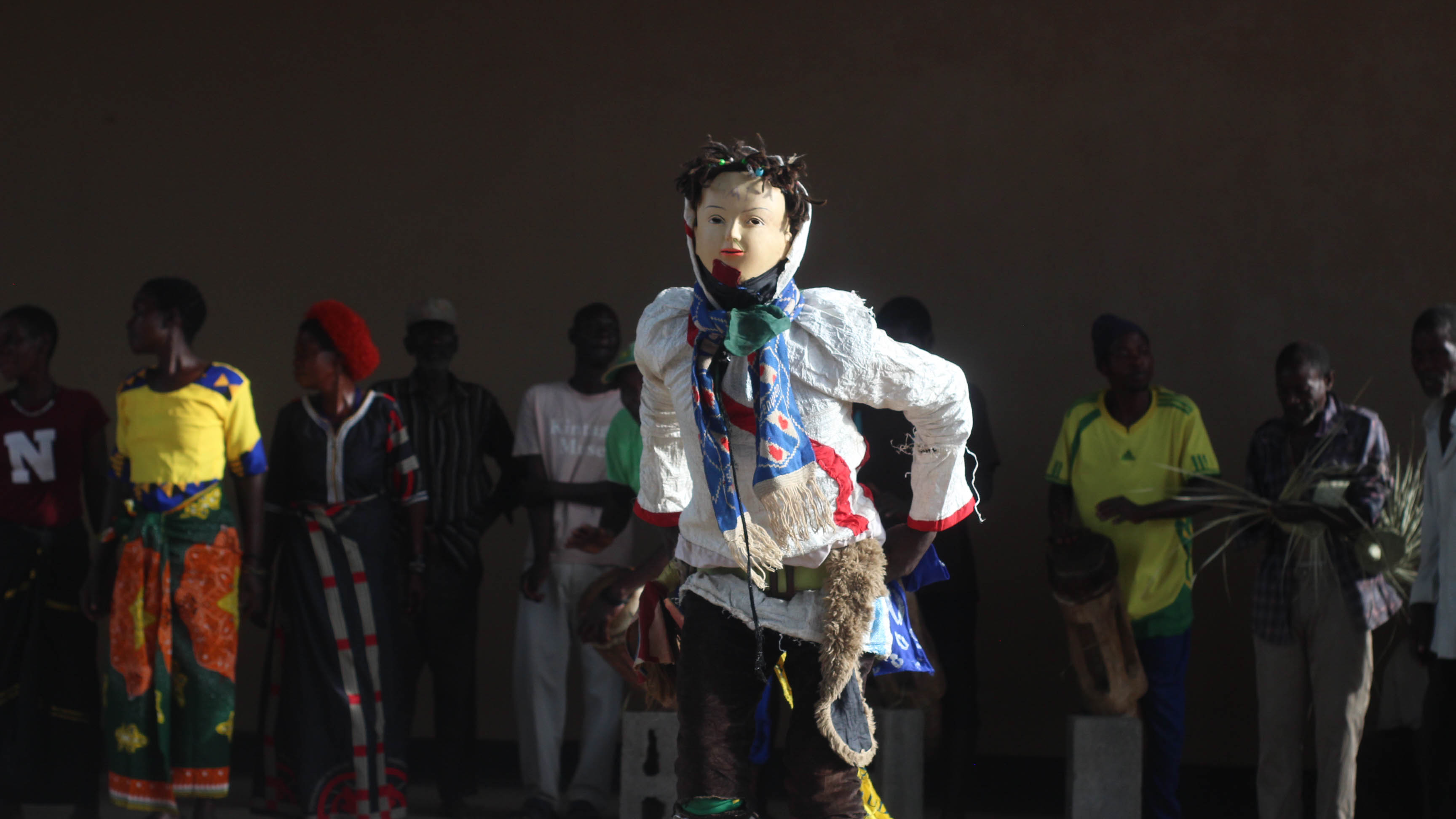

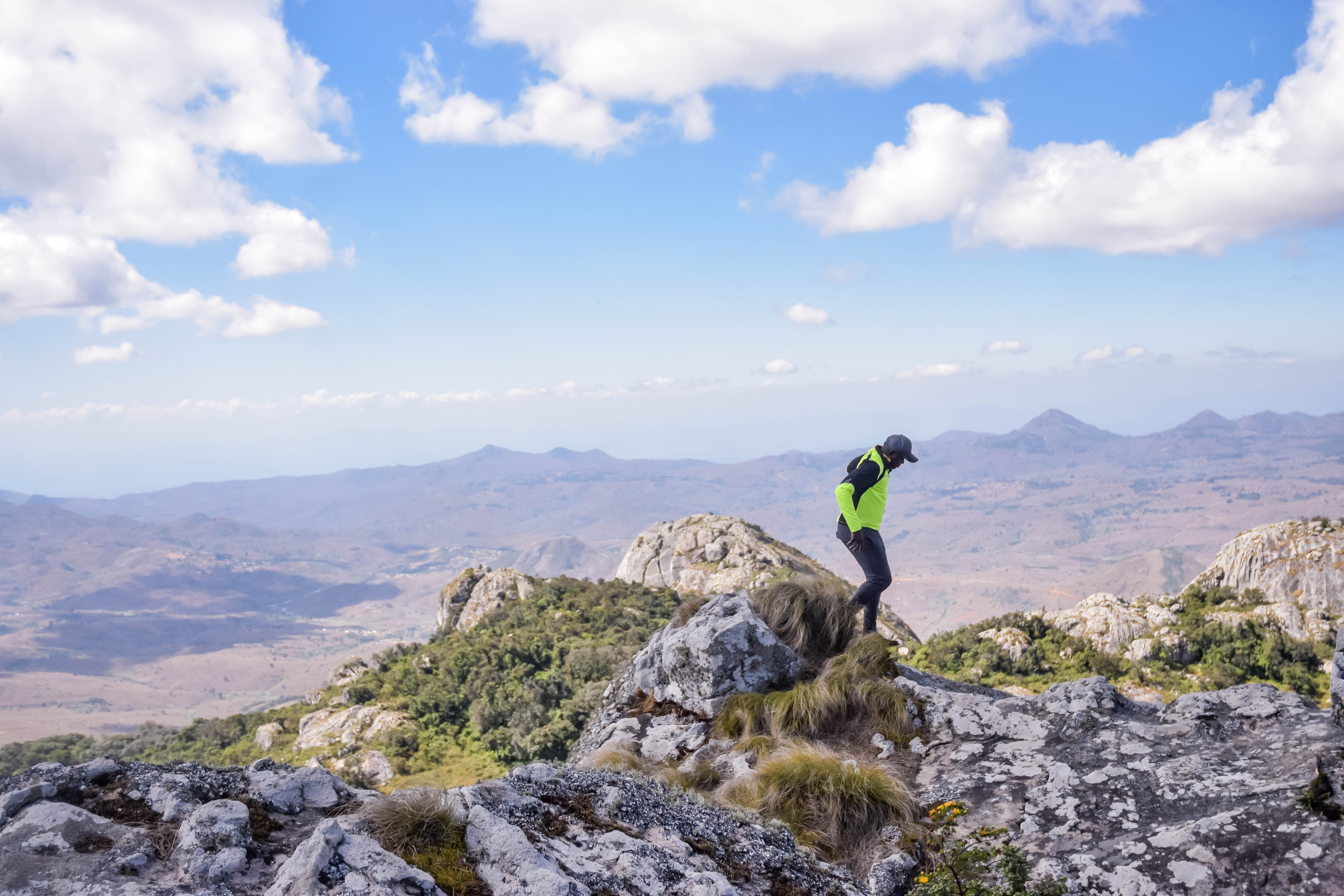 10 Tours
Northern Region
10 Tours
Northern Region
 11 Tours
Central Region
11 Tours
Central Region
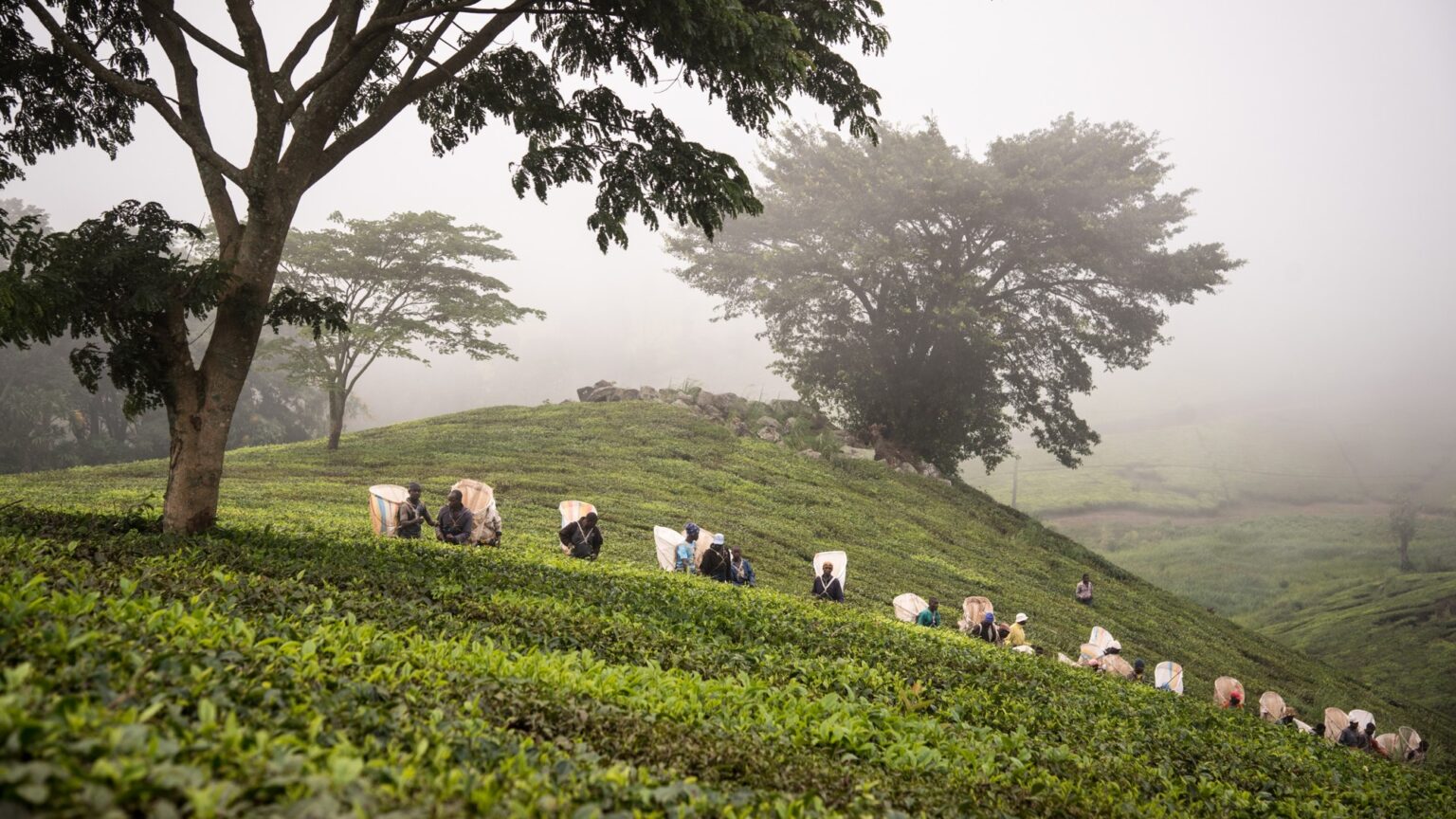 10 Tours
Sourthern Region
10 Tours
Sourthern Region
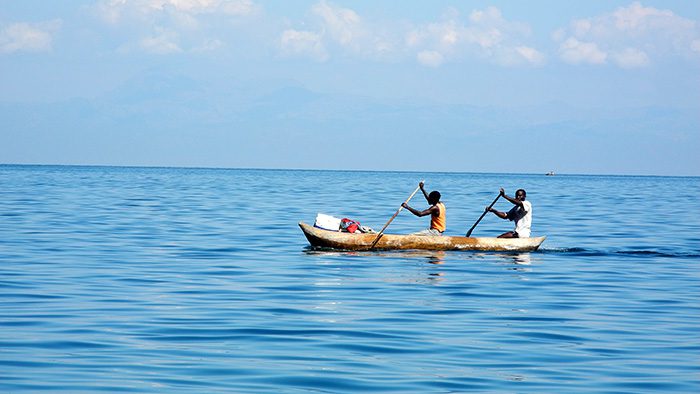 31 Tours
All Destinations
31 Tours
All Destinations

 About Us
Welcome to Heart Travel and Adventures, your go-to tour operator in Malawi! With a passion for
showcasing the best of our country, our journey began during academic studies in Kenya and personal
explorations of its tour attractions. Recognizing gaps in Malawi's tourism, we returned home to share
the beauty and wonders of our homeland.
Learn More
About Us
Welcome to Heart Travel and Adventures, your go-to tour operator in Malawi! With a passion for
showcasing the best of our country, our journey began during academic studies in Kenya and personal
explorations of its tour attractions. Recognizing gaps in Malawi's tourism, we returned home to share
the beauty and wonders of our homeland.
Learn More
 Vision
Our vision is to be the premier choice for travelers seeking authentic experiences in Malawi and beyond.
Vision
Our vision is to be the premier choice for travelers seeking authentic experiences in Malawi and beyond.
 Mission
Our mission is to spotlight Malawi as our primary destination, showcasing its unique culture, wildlife,
landscapes, and waters. With its natural beauty and warm hospitality, we aim to allure travelers worldwide
and invite them to explore the wonders of Malawi.
Mission
Our mission is to spotlight Malawi as our primary destination, showcasing its unique culture, wildlife,
landscapes, and waters. With its natural beauty and warm hospitality, we aim to allure travelers worldwide
and invite them to explore the wonders of Malawi.





